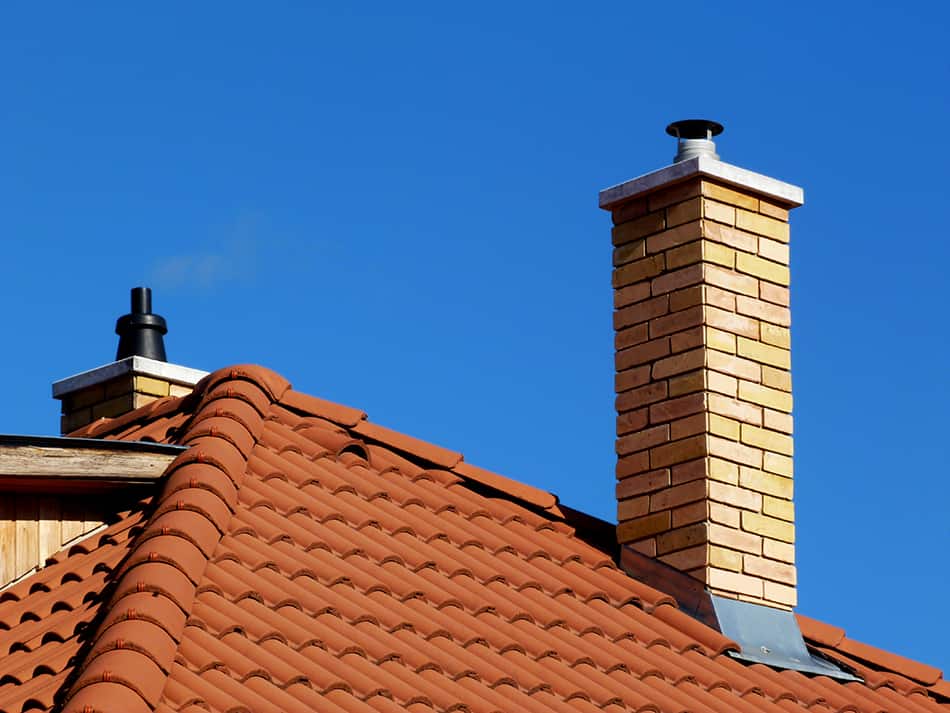
Chimney chores are essential for maintaining a safe and functional fireplace system. A neglected chimney can lead to significant hazards, from chimney fires to structural damage. This thorough guide will walk you through the crucial steps of repairing flues and fireboxes for safe operation. This article will discuss how to determine potential issues, the essential steps involved in repairs, and crucial safety precautions. We’ll cover everything from cleaning to potentially more extensive repair work. This guide will offer valuable insights and actionable steps to keep your chimney operating safely and efficiently for years to come.
determineing Chimney Problems
Inspection and Assessment
Regular inspection is key to determineing potential issues. Inspect the exterior of the chimney for any visible signs of damage, such as cracks, loose mortar, or missing bricks. Look for signs of soot buildup, which might indicate a blockage or other issues. A thorough visual examination should cover the entire structure, including the chimney crown and any connecting parts. A visual inspection should involve checking for any obvious damage and signs of wear or tear. Inspect for missing or loose bricks, mortar cracks, or signs of water intrusion or deterioration. For example, if water seeps into a chimney, it could lead to structural damage and safety issues.
Repairing Flues
Flue Lining and Inspection
Flue liners are essential components of a chimney that help channel exhaust gases safely. Inspect flue liners for any damage or signs of deterioration. Look for cracks, warping, or any other irregularities in the material. Damage to the lining can lead to dangerous gases entering your home and create health hazards. Professional inspection is recommended. A chimney professional should examine the chimney’s lining for any damage, including cracks, holes, or corrosion. A qualified professional will use appropriate tools and techniques to conduct a thorough inspection, including specialized cameras to view the inside of the chimney flue. Regular cleaning is essential for removing creosote and other deposits. Creosote buildup can significantly boost the risk of chimney fires.
Repairing Fireboxes
Firebox Maintenance
Regular firebox maintenance helps ensure the efficiency and safety of your fire. Inspect the firebox for any damage, such as cracks, warping, or loose components. Check the condition of the firebrick and mortar around the firebox to prevent heat damage. Checking for cracks or warping in the firebox and hearth can help prevent future hazards and preserve the structural integrity of your fireplace. Regular maintenance of the firebox can extend its lifespan and improve the overall efficiency of your fireplace, minimizing the risk of carbon monoxide buildup. A damaged firebox can have serious consequences for the chimney’s integrity.
Safety Precautions
Chimney Safety Tips
Ensuring safety is paramount during chimney maintenance. Always use appropriate safety equipment, including gloves, eye protection, and sturdy footwear. Working at heights presents unique safety considerations. Avoid working alone, especially when performing tasks like removing debris or inspecting high areas, and always use appropriate fall protection devices when working from ladders or other elevated surfaces. If you are unsure of any part of the process or have concerns about potential dangers, it is optimal to contact a qualified professional immediately. Do not attempt to perform any maintenance work unless you have the necessary knowledge and experience.
Related Post : what home repairs are tax deductible 2021
Professional Assistance
Choosing a Chimney Sweep
If you’re uncomfortable with any facet of chimney maintenance, it’s optimal to contact a certified chimney sweep. These professionals possess the expertise and specialized tools to inspect, clean, and repair chimneys safely and efficiently. Certified chimney sweeps have the necessary certifications to address potential issues and can effectively assess your chimney system’s condition. Professional chimney sweeps have the skills and experience to handle even challenging chimney repairs and maintain your chimney to avoid potential hazards. A qualified sweep can ensure the structural integrity and safety of your chimney by addressing potential issues and damage to prevent further deterioration.
Additional Resources
Expert Guides and Organizations
Consult reputable resources to gain a deeper understanding of chimney maintenance. Online forums and blogs dedicated to chimney maintenance, safety, and repair can offer a wealth of information and insight. Contact a chimney sweep association or a reputable organization that specializes in chimney maintenance for up-to-date information and tips. The chimney sweep association websites contain valuable information for consumers looking for chimney-related services.
Conclusion (again, repeated):
Maintaining a Safe Environment
In conclusion, performing chimney chores, particularly repairing flues and fireboxes, is crucial for safe operation and extends the lifespan of your chimney system. Proper maintenance can prevent costly repairs and ensure a safe environment. By understanding the steps involved and regularly inspecting your chimney, you can avoid potential hazards and enjoy a warm, well-functioning fireplace. Contact a certified chimney sweep for professional chimney inspection and repair services to guarantee the safety of your home and loved ones. This will ensure that you enjoy your fireplace safely for years to come.